學生(shēng)上(shàng)課都在玩“pad”
老師(shī)竟然不管??!!
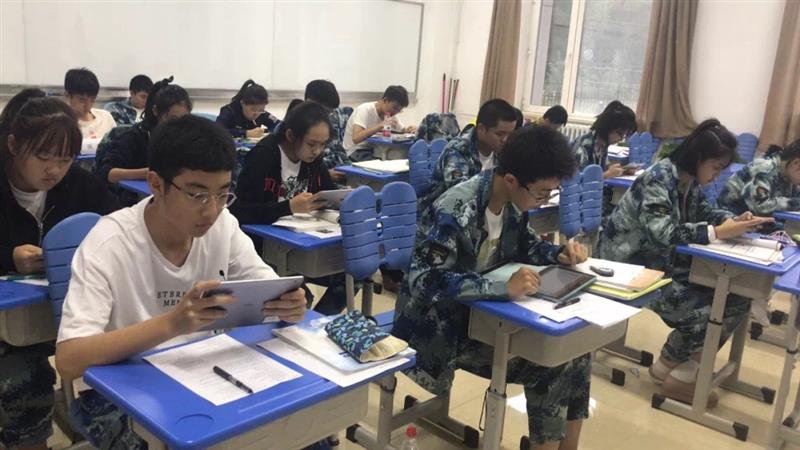
這樣玩?

這樣玩?
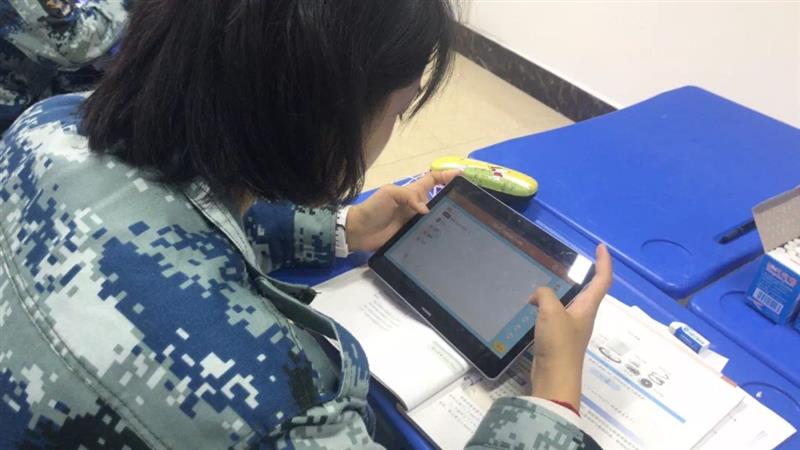
這樣玩?
怎
麽
回
事
?
原來(lái)這是省實驗國際部中加班學生(shēng)在完成作(zuò)業——每天100個(gè)單詞!意不意外!驚不驚喜!
除此之外,省實驗國際部中加班老師(shī)是如何布置作(zuò)業呢?
如
下
圖
所
示
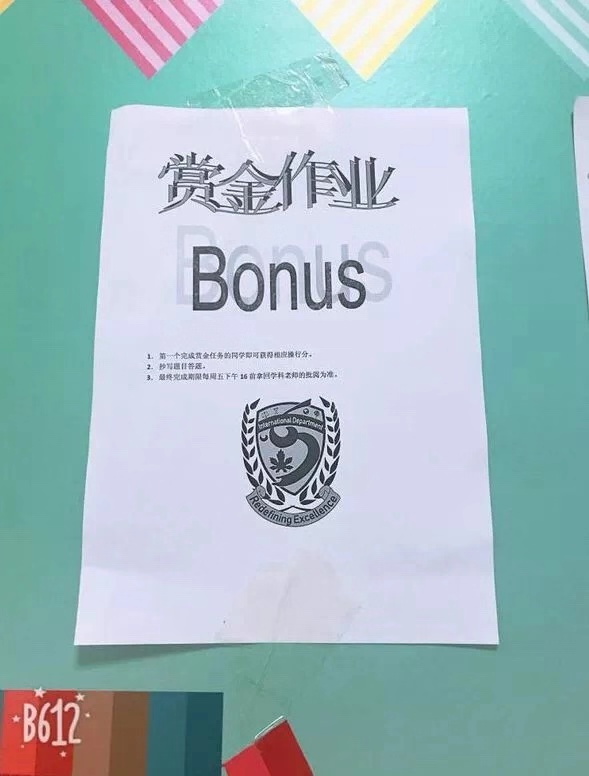
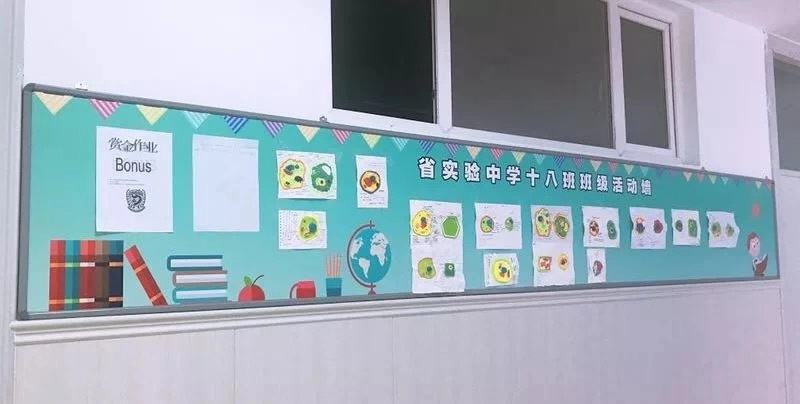
省實驗國際部賞金牆
快來(lái)賺賞金!!!
省實驗國際部在本學期推出了賞金任務牆。每位老師(shī)每周出一道(dào)本學科相對較難的題目貼在專門(mén)的賞金牆上(shàng),并附上(shàng)相應的賞金分值,誰最先答(dá)出題誰就得(de)分。
靈感來(lái)源于電(diàn)影(yǐng)《心靈捕手》
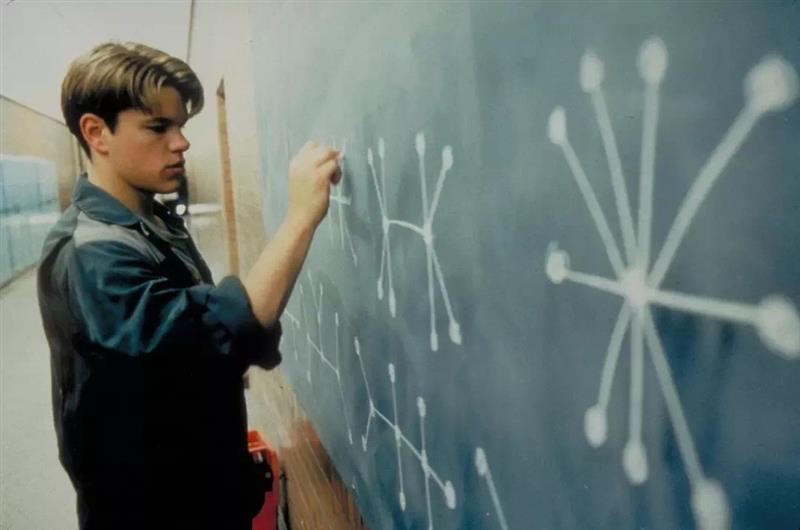
部分賞金題曝光:
化學:
Chemistry of fireworks
When you see a colorful display of fireworks, you probably don’t think about chemistry. However, creators of fireworks displays have to keep chemistry in mind. Packing what will provide “the rocket’s red glare” for the 4th of July display is done by hand. Employees learn to follow proper precautions to avoid fires and explosions.
Typical fireworks contain an oxidizer, a fuel, a binder, and a color producer. The oxidizer is the main component, making up 38–64 percent of the material. A common oxidizer is potassium perchlorate . The presence of chlorine in the oxidizer adds brightness to the colors by producing light-emitting chloride salts that make each color flame sparkle. When it oxidizes a fuel such as aluminum or sulfur, it produces an exothermic reaction with noise and flashes. Aluminum or magnesium makes the flash dazzling blue-white. The loud noise comes from the rapidly expanding gases. Other fuels not only raise the temperature but also bind the loosely assembled materials together.
Question:
1.There are _________ parts of a typical firework which contains __________________________________________________________.
2.Write the chemical formula of a common oxidizer in a firework: ____________________________________
3.Which element can make the colors brighter? ___________________
4.What is the exothermic reaction? What is the opposite of an exothermic reaction?
生(shēng)物:
Draw the pictures of an animal cell and a plant cell,then label the structures of each cell and write down the functions of each structure .